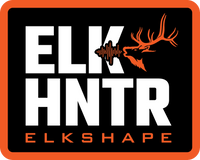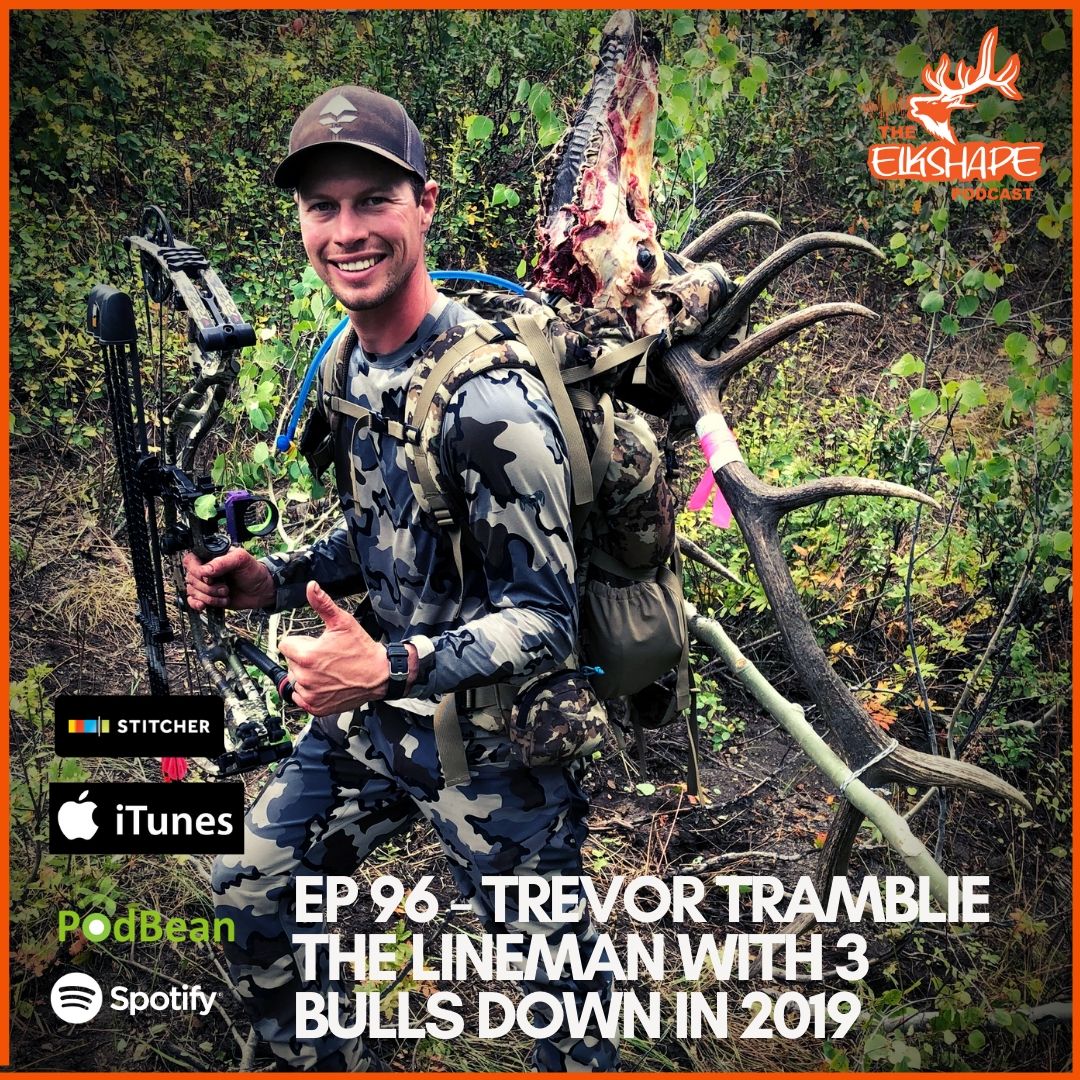Can you relate to blue collar elk hunters that get their tags at Walmart? Same here, so we record with a Washingtonian blue collar lineman who hunts hard when he's not climbing power poles. Trevor Tramblie is just like the rest of us, a die hard elk hunter with an incredible appetite to chase elk in wild landscapes. He recently had successful hunts in WA, ID and NM. We talk about his tactics and year round pursuit of September.
Listeners of the ElkShape Podcast Exclusives:
The Elk Collective - $25 off our Digital Elk Hunting Course - elkshapepodcast
Wilderness Athlete 30% off your first purchase, discount code elkshape30
Vortex Wear - elkshape - 20% off Apparel
Pnuma Outdoors - elkshape20 - 20% off first order
Bakcou eBikes - elkshape - $300 off any bike order
Northwest Retention Systems - elkshape - ElkShape Scout Model Only - free shipping & handling, 5 Day Lead Time
Black Ovis - elkshape - 10% off (some exclusions apply)
Black Rifle Coffee Company - elkshape - 15% off
onXhunt - elkshape - 20% off Elite Membership
Sheep Feet - elkshape - 10% off

